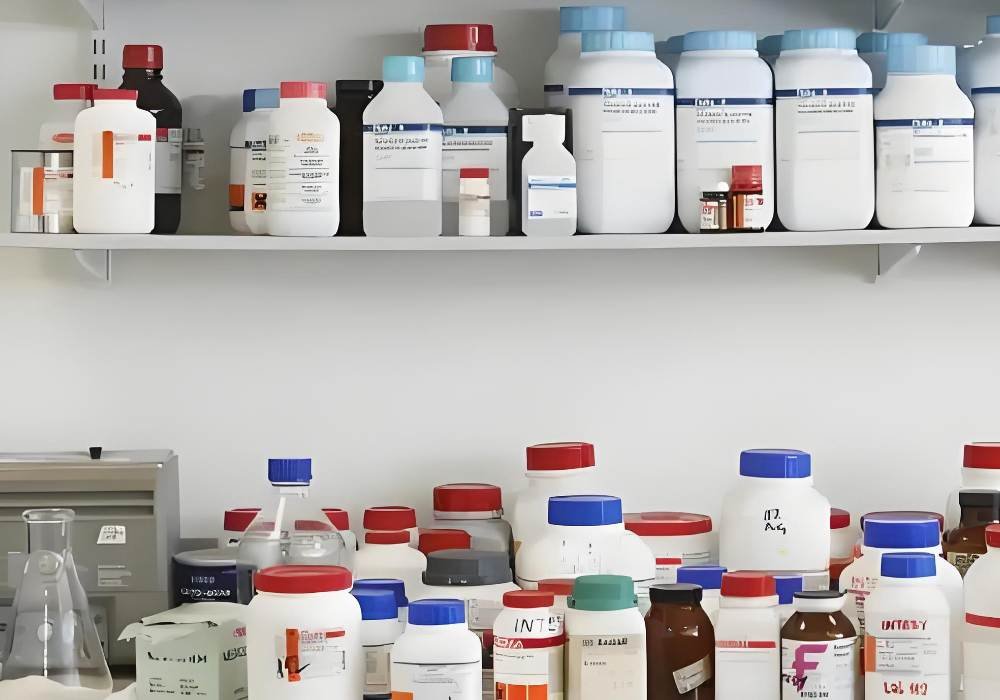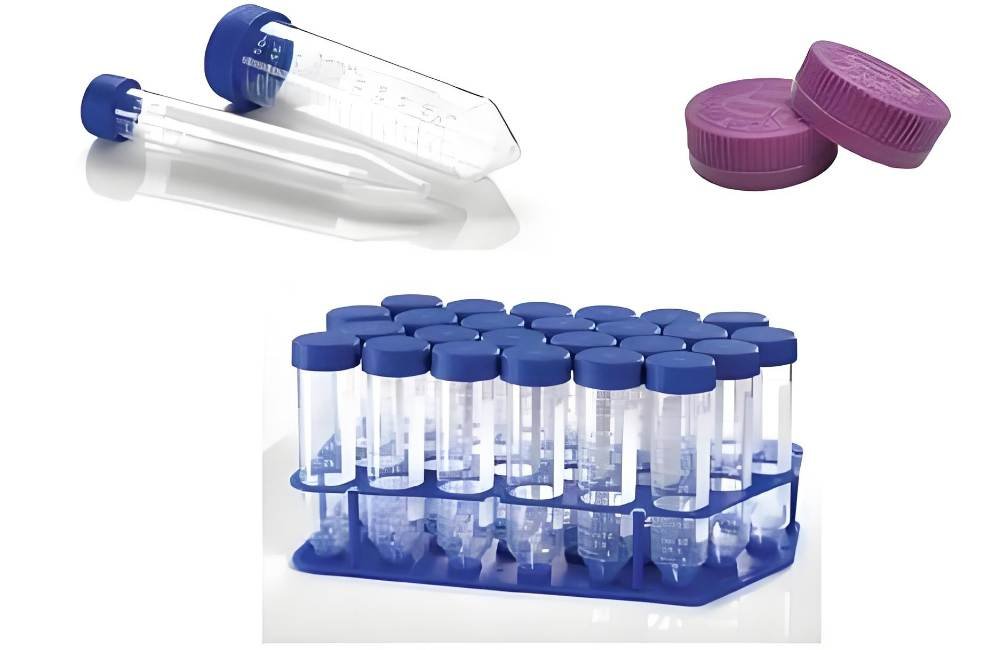Imagine a tiny seal inside a syringe or a flexible tube delivering medicine into your body. If these parts leak harmful chemicals, they could cause serious health risks. That’s where USP Class VI steps in—a safety standard to ensure materials in medical devices won’t poison you.
From IV tubes to vaccine vial seals, USP Class VI-certified materials protect patients daily. Without it, chemicals could seep into medicines or irritate tissues during surgeries or hospital stays. While not legally required, this standard acts like a “safety passport” for global markets, trusted by regulators like the FDA. It’s not just about rules—it’s about saving lives.
Overview of USP Class VI
USP Class VI testing is necessary to check if materials such as USP Class VI single use silicone are safe for biological use. Among six categories set by the U.S. Pharmacopeia, this level represents the strictest evaluation process. Its purpose is to confirm that chemicals escaping from plastic products won’t trigger dangerous bodily responses or lasting health problems. These standards are managed by the USP-NF organization, which oversees the safety of medical tools and food-related items.
This testing is commonly required for plastics that touch injectable medications or encounter different liquids during drug manufacturing steps. For example, materials used in medical tubing or seals often undergo these checks to prevent harmful substance leakage into medicines. The process involves extracting materials under specific temperatures and testing their effects on animals like mice and rabbits. By meeting Class VI USP requirements, materials demonstrate minimal toxicity, making them suitable for critical healthcare applications where patient safety is vital. Regulatory bodies like the FDA often recognize such certifications as proof of quality.
Why Is USP Class VI Important?
Imagine a medical pump with a small seal in it or a flexible tube that delivers drugs into your body. If these parts release harmful chemicals, it can cause serious health problems. This is why USP Level VI certification exists – to ensure that materials in the USP Class VI material list in medical devices and pharmaceuticals are safe for human contact. Let’s analyze why this criterion is important.

1. Survive Extreme Trials
To earn USP Level VI, materials must pass three brutal challenges. First, they are soaked in a harsh liquid such as vegetable oil or alcohol at temperatures up to 250°F/121°C to simulate years of use. Next, the scientists injected the extracts into the animals to check if there was a lethal reaction. Finally, the small piece is implanted under the skin for 5 days, and if there is redness and swelling, the material has failed. Only the hardest plastics and rubber survive.
2. Protect Patients Daily
This certification isn’t just paperwork – it could save lives. USP Class VI materials like USP Class VI sealing products are used in critical components such as IV tubes, surgical implants, and vaccine vial seals. Without this standard, chemicals can leak into medications or irritate tissues during long hospital stays. For example, having this grade of silicone ensures that breathing tubes do not harm delicate lungs.
3. Global Market Pass
While not legally required, USP Class VI is like a “secure passport.” Regulators such as the FDA trust it and it complies with international rules such as ISO 10993. Companies using certified materials avoid costly approval delays, which is a win for both manufacturers and patients who need faster access to treatments.
4. Push for Better Materials
Rigorous testing drives innovation. Advanced materials will have a longer service life in the autoclave, and these materials are resistant to chemical leaks, making the surgery safer and the equipment more reliable.
USP Class VI Testing Methods
USP Class VI is the silent guardian of health care. By forcing materials through fire to prove their safety (literally), it keeps toxic chemicals out of our hospitals and homes. From vaccine production to life-saving implants, this standard touches every part of modern medicine, making it as important as the doctors who use these tools.
The evaluation process for USP Class VI compliance involves preparing extracts of the material using specific solvents like polyethylene glycol and vegetable oil. These extracts are then administered to live animal subjects (typically rabbits and mice) to assess biological responses. The testing protocol follows guidelines, which mandate three distinct evaluations:
- Systemic Injection Test (Acute Systemic Toxicity Assessment)
Extracts are introduced intravenously into test animals, followed by a 72-hour observation period to detect signs of toxicity such as breathing difficulties, abnormal muscle movements, or gastrointestinal distress. The test outcome is determined based on whether the experimental group exhibits greater adverse reactions than the control group.
- Intracutaneous Test (Localized Skin Reaction Analysis)
To evaluate skin compatibility, extracts are injected into the dermal layer of test subjects. Over 72 hours, researchers measured redness (erythema) and swelling (edema) using a standardized scoring system. A passing result requires the average reaction score to remain within acceptable thresholds compared to controls.
- Implantation Test (Tissue Response to Implanted Material)
Small samples of the test material are surgically embedded into muscle or subcutaneous tissue for at least 5 days. Post-implantation, the surrounding tissue is examined for inflammation, fibrous capsule formation, and other indicators of biocompatibility. A successful outcome shows minimal irritation compared to baseline conditions.
These methods ensure that materials interacting with bodily tissues or fluids in medical devices do not release harmful substances, aligning with pharmaceutical and biomedical safety USP Class VI requirements.
Materials Available in Certified USP Class VI Grades
Medical equipment needs safe plastic materials. USP Class VI approval means these plastics pass strict tests for body safety. Here are 6 types used in making medical tools:
| Plastic Type | Why It’s Used | Example Products |
| Polycarbonate (PC) | Clear like glass, hard to break | Surgery lights, medicine caps |
| Polyethylene (PE) | Won’t react with liquids, bends easily | Medicine bottles, test tube racks |
| Polypropylene (PP) | Handles hot temperatures, lightweight | Needle parts, pill trays |
| PEEK | Super strong, survives steam cleaning | Bone repair tools, drill handles |
| PTFE | Slippery surface, nothing sticks to it | Heart surgery tubes, valve parts |
| PVC | Cheap, can be soft or rigid | Blood tubes, oxygen masks |
Note: Hospitals choose based on how long the plastic touches the skin (minutes/days), and if it needs cleaning with heat/chemicals.

USP Class VI Certification – Crucial for Materials Used in LSR Injection Molding
There is a tiny silicone seal inside a syringe. Every time someone receives a vaccine, this part touches the medicine. Now, what if the material leaks harmful chemicals? That’s why materials like Liquid Silicone Rubber (LSR)—used for medical devices—require USP Class VI certification, a safety test you can’t ignore.
LSR isn’t like regular plastics. It’s thin and flows like water when heated, making it perfect for delicate parts like baby bottle nipples or breathing tubes. But this also means tiny mistakes during injection molding—like dust in the factory—can ruin the material. Factories making medical-grade LSR work in super-clean rooms and use robots to avoid human contact. For example, a company producing heart valve parts can’t risk contamination—USP Class VI certification forces them to follow these strict rules.
Think about a blood pressure monitor’s LSR cuff. Without USP Class VI tests, chemicals might slowly leak into a patient’s skin during daily use. Over time, this could cause allergies or worse. The certification acts like a shield, blocking unsafe materials from reaching hospitals.
What Does USP Class VI Test?
The U.S. Pharmacopeia (USP) runs three key checks on LSR:
Poison Check: Scientists mix LSR with liquids (like oil or saltwater) and inject small amounts into mice. If the mice get sick, the material fails.
Skin Test: They rub the same liquid on rabbits’ skin. Redness or swelling means the LSR isn’t safe.
Body Reaction: A piece of LSR is placed under an animal’s skin for five days. If the tissue gets infected, the material is rejected.
USP Class VI is just the start. Implants, like silicone joints, need even stricter tests (like ISO 10993) to check for long-term risks. Still, most U.S. medical devices won’t get FDA approval without this certification.
For manufacturers, USP Class VI isn’t optional. It’s a promise that LSR parts are safe for human contact. For patients, it’s peace of mind. Next time you see a medical device made from silicone, remember—this certification is why you can trust it.
Best Injection Molding Service Provider
When producing medical devices with Liquid Silicone Rubber (LSR), meeting USP Class VI certification is non-negotiable. However, even the best materials can fail without the right manufacturing partner. This is where Fecision steps in—a leader in precision injection molding trusted by global medical brands. Here’s how we turn certified LSR into life-saving components:
From Certification to Real-World Safety
Fecision knows USP Class VI isn’t just paperwork. For example, our team recently worked on LSR seals for IV infusion pumps. We started by testing raw materials in-house, mimicking USP’s implantation tests using live tissue samples. Only after confirming zero toxicity did production begin. This “test-first” approach prevents costly recalls and keeps patients safe.
Precision Tooling for LSR’s Unique Challenges
LSR’s low viscosity demands flawless molds. Fecision’s engineers use 3D simulation software to predict flow issues before cutting steel—critical for FDA-approved devices.
Cleanrooms Built for Medical Standards
Dust or oils can ruin LSR’s purity. Fecision’s cleanrooms (100x cleaner than a hospital ICU) use automated presses and robotic handling. For neonatal care products like bottle nipples, parts are bagged straight from the machine, ensuring no human contact until we reach sterilized packaging.
Speed Without Cutting Corners
Medical startups often race against deadlines. Fecision’s rapid prototyping can help you test LSR-based components efficiently. Our molds support multi-cavity production, scaling from 100 to 100,000+ parts without compromising USP Class VI compliance.
Global Compliance, Local Expertise
Fecision’s certifications align with global regulations. When a European client needed LSR parts for MRI machines, Fecision adapted molds to meet EU’s MDR standards while keeping USP Class VI intact—proving dual compliance isn’t just possible, but efficient.
Why Fecision?
- No shortcuts: Every LSR batch undergoes USP-style extractables testing.
- Transparency: Real-time production tracking and material lot traceability.
- End-to-end ownership: From mold design to sterile packaging—zero third-party risks.
Click here for more details. Every second of hesitation is a delayed loading of the unknown miracle.




